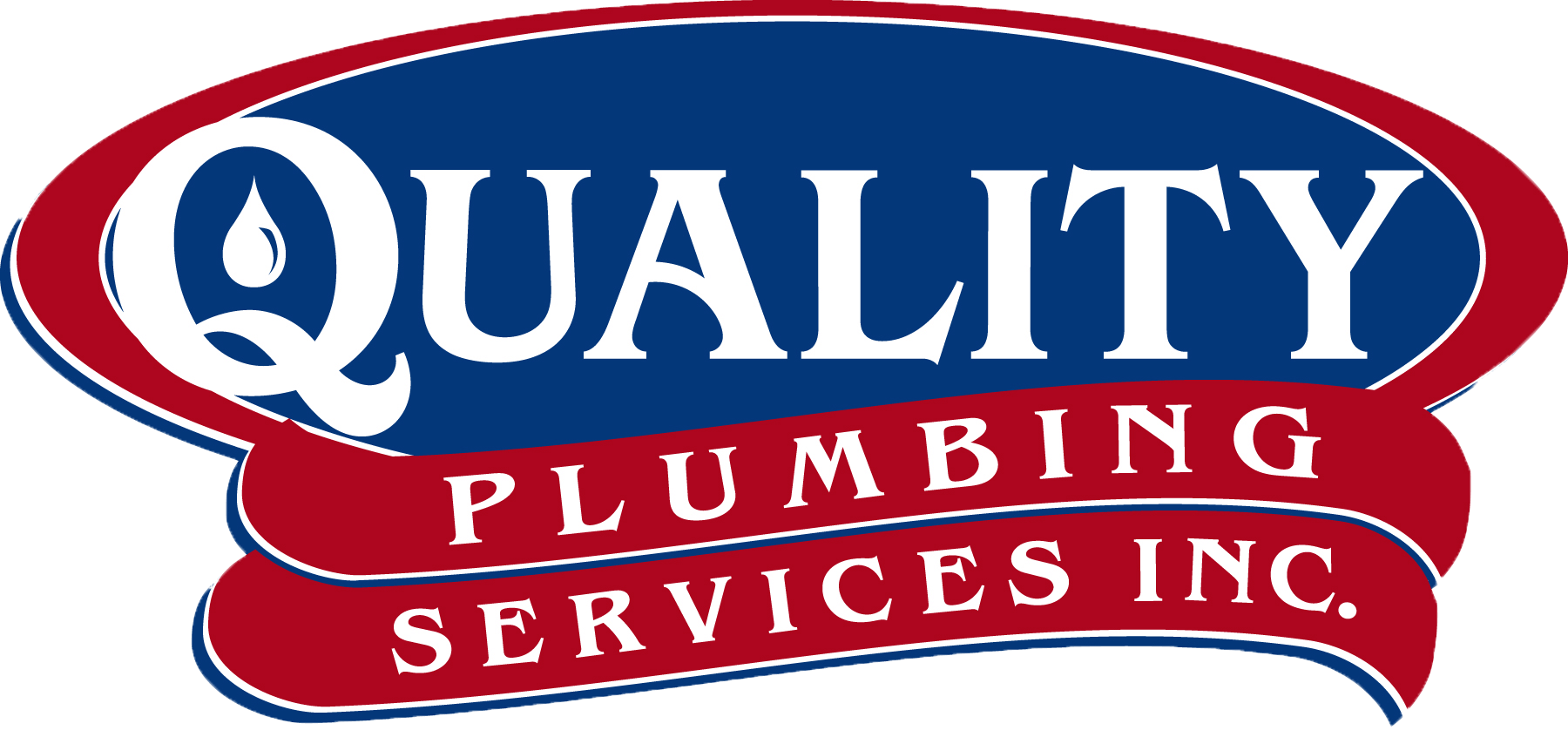Cleansing Your Sewer Line and Drains This Spring
Cleansing Your Sewer Line and Drains This Spring
Spring is a season of renewal—and that should include your home’s plumbing. Your sewer line and drains work hard all year long, and if left unchecked, buildup and blockages can lead to serious clogs, foul odors, and even sewer backups.
Just like HVAC systems or gutters, your sewer system requires seasonal maintenance. Taking the time now to clear out your lines can prevent inconvenient and costly plumbing issues down the road.
Common Causes of Sewer Backups
Sewer line clogs don’t usually happen overnight. They build up gradually and often result from:
- Tree root intrusion into aging or cracked pipes
- Grease and oil buildup, especially from improper kitchen disposal habits
- Flushing improper paper products, such as wipes, paper towels, or feminine products
If you’re already noticing slow drains, foul odors, or gurgling noises, a blockage may already be forming.
How to Remove a Sewer Line Clog (Safely)
If you’re confident in your DIY skills, you can attempt to clear a sewer line blockage using the following method. If not, it’s best to call a professional plumber to avoid damage or further complications.
Step-by-Step:
- Locate the main cleanout access point
Use a pipe wrench to slightly loosen the cleanout cap. Step back as you fully remove the cap, in case any waste spills out. - Insert the plumbing snake (auger)
Slowly feed the auger cable into the drainpipe. You’ll know you’ve reached the clog when resistance increases. - Break through the blockage
Run the auger until the water begins to drain out. Let it continue running a bit longer to ensure smaller clogs are cleared too. - Flush with water
Spray high-pressure water down the line to rinse out remaining debris and clean the auger cable. - Withdraw the auger and clean up
Pull the cable out slowly, rinsing it off as you go. Re-seal the drainpipe with the cap and tighten it with the pipe wrench.
If the clog persists or if you’re dealing with recurring backups, professional hydro jetting or camera inspection may be necessary.
What Not to Put Down the Drain
Whether or not you have a garbage disposal, there are several items that should never go down your kitchen sink:
- Grease, oil, or fat
- Bones
- Fibrous produce (celery, asparagus, lettuce)
- Coffee grounds
- Fruit pits (peach, avocado, cherry)
- Corn husks and potato peels
- Eggshells
- Starchy foods like pasta and rice
These materials either clog the drain, damage the disposal blades, or harden into blockages over time.
Simple Drain Maintenance Tips
Keep your drains flowing smoothly this spring with these quick preventative care routines:
Run hot water after each use
This helps rinse away fats and oils that might otherwise solidify in your pipes.
Use baking soda and hot water
Pour a handful of baking soda down the drain, followed by hot water. It deodorizes and breaks down buildup.
Flush with vinegar
Once a month, pour one cup of vinegar into the drain. Let it sit for 30 minutes, then rinse with hot water to break down organic residue.
Don’t Wait for a Backup
If you’ve noticed signs of slow drainage, gurgling pipes, or foul smells—especially in spring when rain and tree root activity increase—now is the time to act.
At Quality Plumbing Services Inc., we provide expert drain cleaning, sewer line inspections, and clog removal services designed to keep your plumbing running smoothly year-round.
Call Quality Plumbing Services Inc. today to schedule your sewer line or drain cleaning service.
Read our 5-star Google reviews and see why homeowners throughout the area trust us with their plumbing needs.

